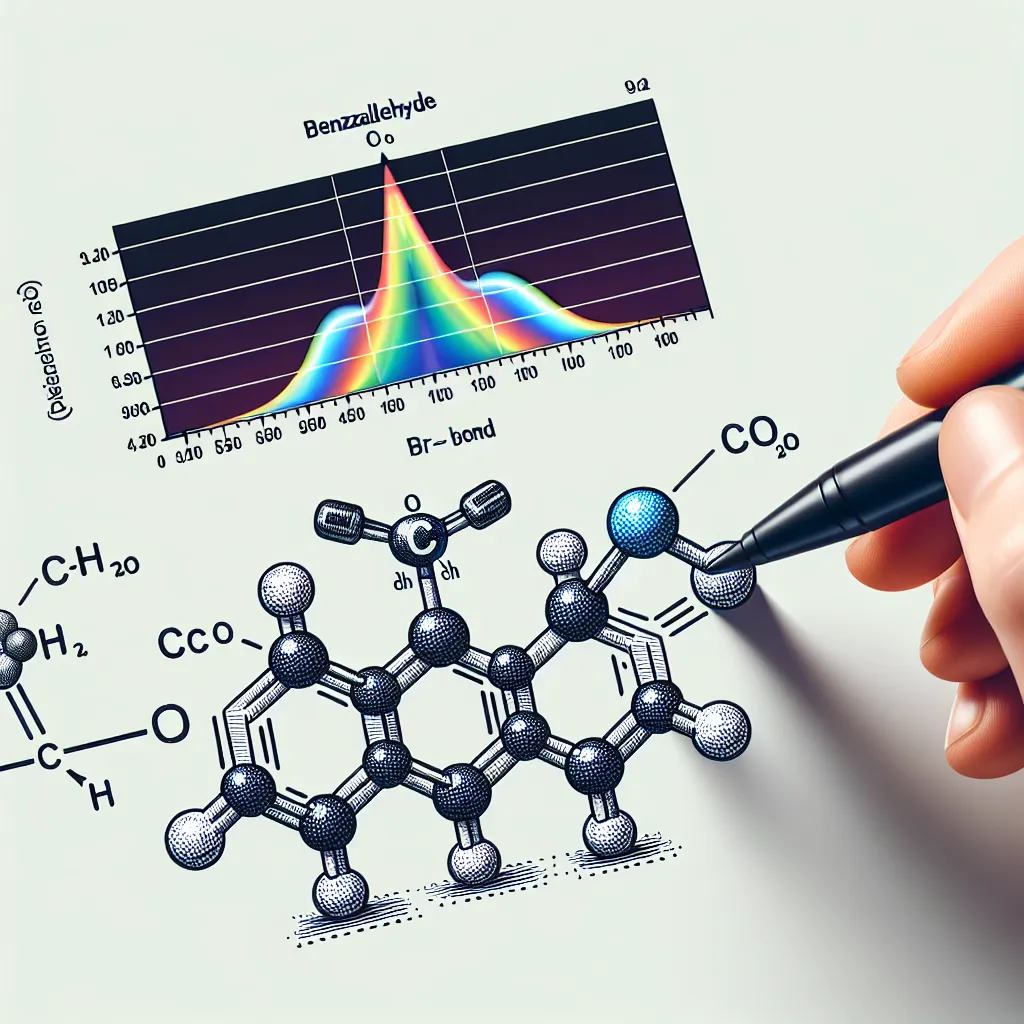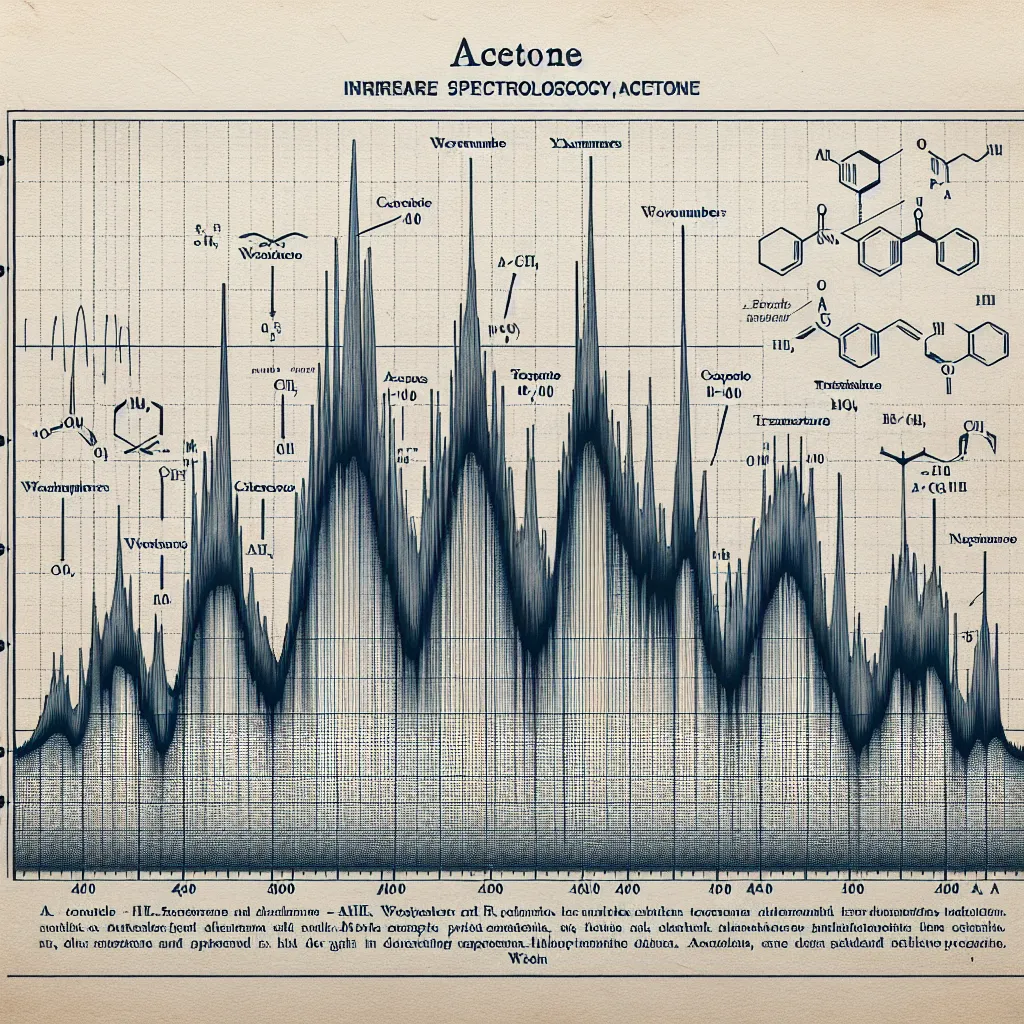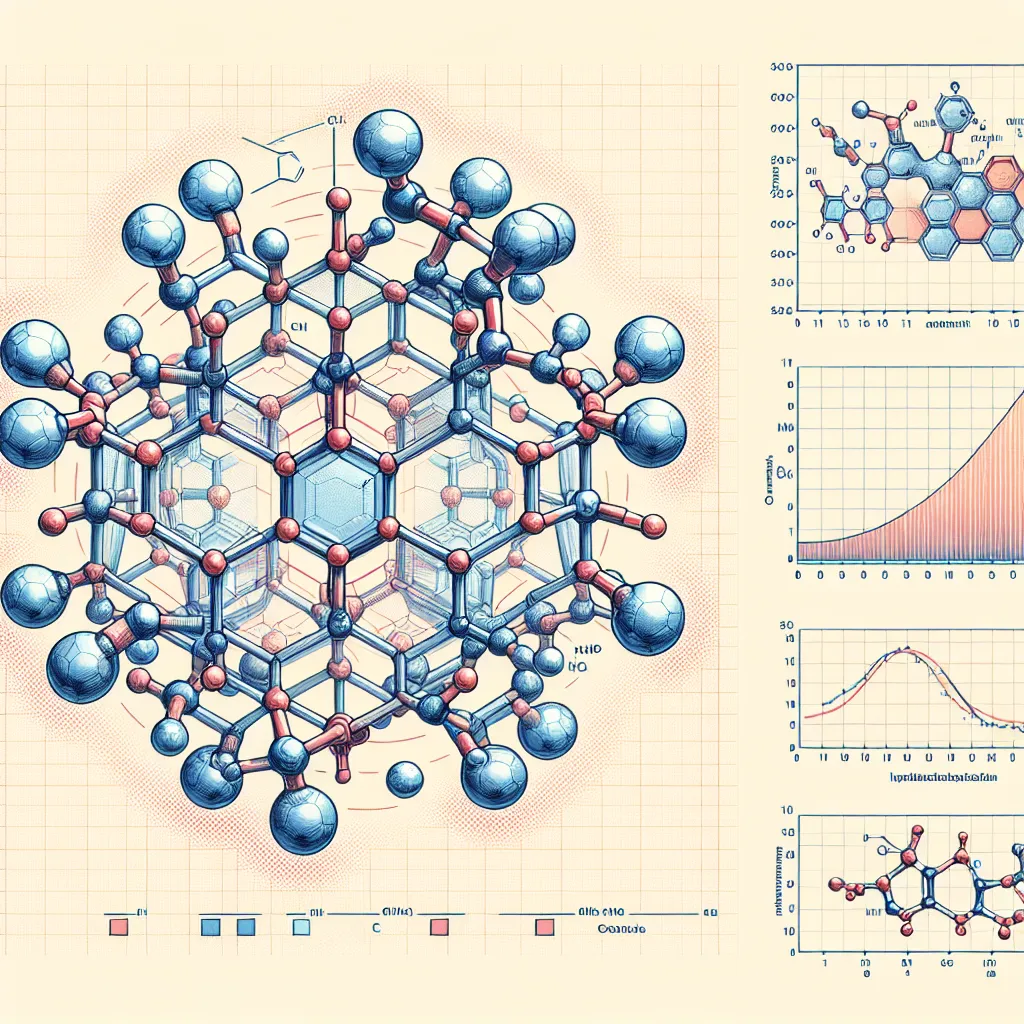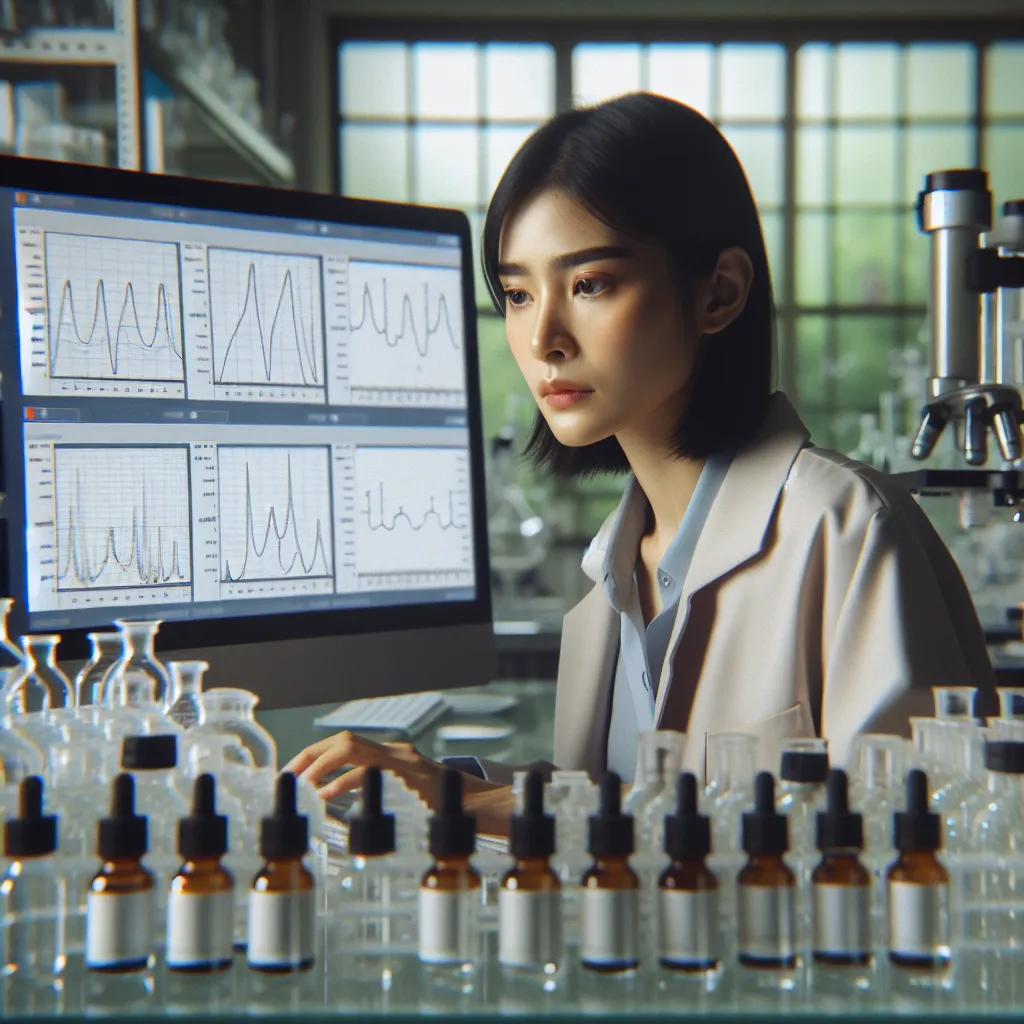Ask AI on The Internet
It sounds like you are looking for an analysis or discussion of Infrared (IR) spectroscopy results for belzalhydride. Without specific IR data to refer to, I'll provide a general overview of what aspects you should consider and expect when interpreting the IR spectrum of belzalhydride. ### Key Points to Consider: 1. **Functional Groups Analysis**: - **Aldehyde (–CHO) Group**: Belzalhydride contains an aldehyde group which typically shows a distinctive peak. Look for a strong C=O stretch around 1725-1740 cm⁻¹ and a characteristic aldehyde C-H stretching mode near 2720-2820 cm⁻¹. - **Phenyl (Benzene) Ring**: If the compound contains a benzene ring, it will exhibit characteristic peaks, usually around 1450-1600 cm⁻¹ for the C=C stretches within the aromatic ring. Out-of-plane C-H bending modes may appear in the region of 675-900 cm⁻¹. 2. **Fingerprint Region (1400-600 cm⁻¹)**: - This region is specific to each molecule and can help in identifying specific structures or confirming the presence of certain substituents. 3. **Identifying Peaks**: - Compare the observed IR peaks with standard values for different functional groups. Textbooks or online databases can provide reference spectra for similar compounds. 4. **Band Intensities and Shapes**: - The intensity and shape of the IR bands can also provide information about the environment of the functional groups. For instance, hydrogen bonding can broaden or shift peaks. 5. **Analyzing the Spectrum**: - Assess the entirety of the spectrum by identifying all significant peaks and relating them to the structural components of belzalhydride. Here is a general strategy to follow when analyzing the IR results for belzalhydride: ### Steps to Discuss IR Results: 1. **Assignment of Peaks**: - Identify and assign the peaks based on known absorption ranges for functional groups. - Expected bands for belzalhydride might include: - Aldehyde C=O stretch: 1725-1740 cm⁻¹ - Aldehyde C-H stretch: 2720-2820 cm⁻¹ - Aromatic C=C stretches: 1450-1600 cm⁻¹ - Aromatic C-H out-of-plane bends: 675-900 cm⁻¹ 2. **Comparison with Literature**: - Match your results with literature values or IR spectral databases to confirm the assignments. 3. **Intensity Analysis**: - Note the intensities of the peaks. Strong peaks indicate the presence of those functional groups in significant quantities. 4. **Potential Interferences or Overlaps**: - Be aware of potential interferences or overlapping bands that might complicate the spectrum interpretation. 5. **Contextual Interpretation**: - Discuss the IR results in the context of the chemical structure of belzalhydride and its known properties. 6. **Conclusion**: - Summarize the identified functional groups and any notable findings from the IR spectrum. Confirm if the IR data supports the proposed structure of belzalhydride. ### Example Interpretation: - **1725-1740 cm⁻¹**: The strong peak indicates the presence of an aldehyde C=O stretch, confirming the aldehydic nature of belzalhydride. - **2720-2820 cm⁻¹**: A moderate peak in this range confirms the aldehyde C-H stretch. - **1450-1600 cm⁻¹**: Peaks in this range are attributed to the aromatic C=C stretches, suggesting a benzene ring structure. - **675-900 cm⁻¹**: Peaks in this range would indicate out-of-plane C-H bending modes, supporting the presence of aromatic hydrogens. If you have specific data points or a spectrum you would like more detailed analysis on, feel free to share those details!
Think your answer is better than the AI's? Post it below.
Question Tags
If you want your question answered by an AI, click here.







Post your own comment: